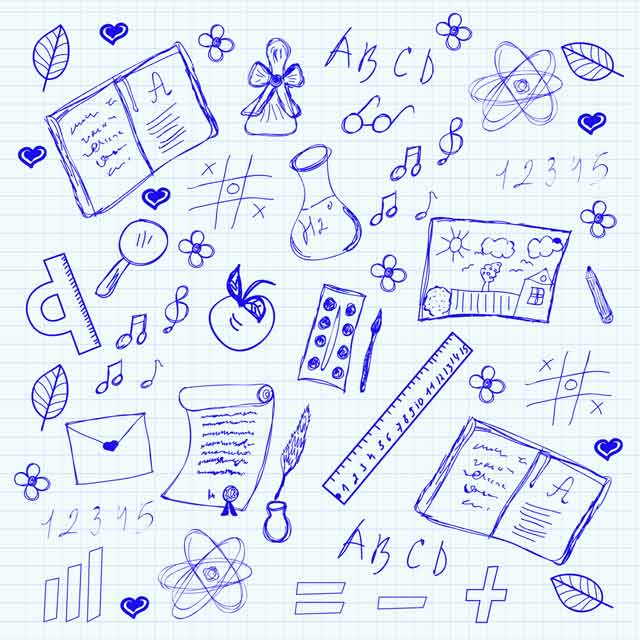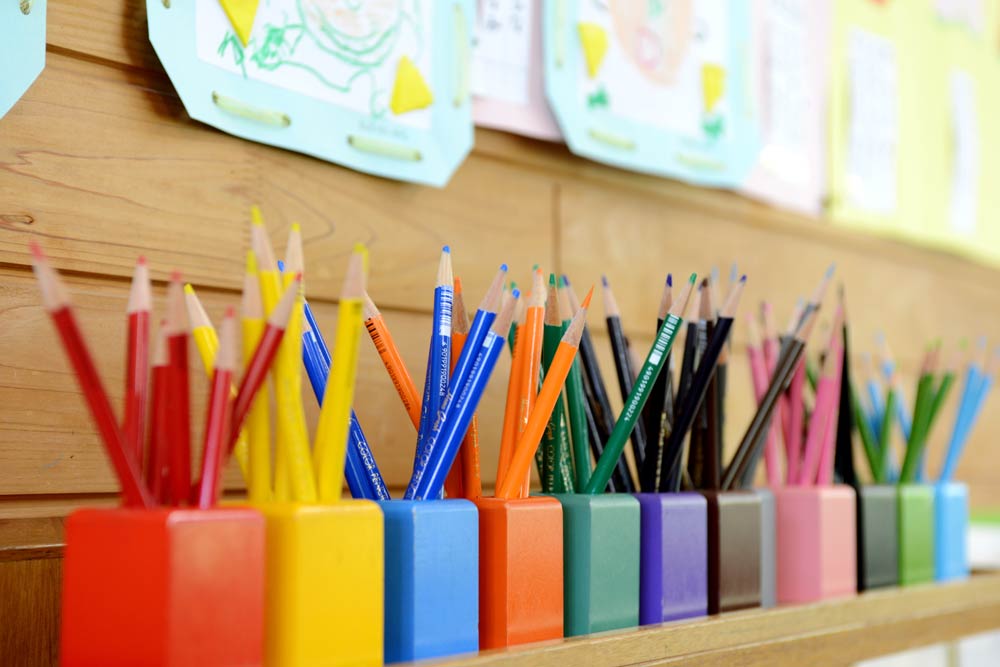 If you took piano lessons, as I did, it was so much easier to remember the lines of the treble clef by intoning the mnemonic: “Every Good Burger Deserves Fries…E, G, B, D, F.” Who can ever forget the colors of the spectrum (red, orange, yellow, green, blue, indigo and violet) after coming in contact with the famous “Roy G. Biv”? And the ditty, “Columbus Sailed the Ocean Blue in Fourteen Hundred Ninety-Two” will be forever ingrained in our collective consciousness.
If you took piano lessons, as I did, it was so much easier to remember the lines of the treble clef by intoning the mnemonic: “Every Good Burger Deserves Fries…E, G, B, D, F.” Who can ever forget the colors of the spectrum (red, orange, yellow, green, blue, indigo and violet) after coming in contact with the famous “Roy G. Biv”? And the ditty, “Columbus Sailed the Ocean Blue in Fourteen Hundred Ninety-Two” will be forever ingrained in our collective consciousness.
Mnemonic devices have the power to dramatically increase the amount of information that students can remember, including learners with disabilities! The latter take the same tests as their non-disabled peers, and memory skills related to learning may be difficult for children with learning deficits. These students spend the majority of their day in general education classrooms (including content classes such as English, Science and Social Studies). “Chunking” is a simple way of breaking down large pieces of information into smaller organized chunks–mnemonics are a simple way to chunk information, and is a useful tool for all students. Cutting up larger quantities of information into smaller pieces helps our brains remember more information, more easily.
Chunking, and mnemonics can also help children encode (put the information into their memories) and make the data easier to retrieve. As memory-guru Ed Cooke wrote in The Guardian “You can trick your mind into remembering useful but dull facts by weaving the information into vivid mental shorthand.”
Mnemonic devices are very old; some, such as The Method of Loci, date back to the Ancient Greeks. This is how it works: imagine a place that is familiar to you, such as your kitchen. Then go through the list of vocabulary words you need to memorize, and associate each word with an object in that room. For instance, if the word is “cacophonous,” you can create the image of a blaring radio on the kitchen counter. If the word is “loquacious”, you can imagine the teakettle as talkative, and so on.
There is more than one method to use mnemonic devices. The most popularly used memory aid is the Expression or Word Mnemonic. If you are studying for the SAT, it’s simple to recall the seven coordinating conjunctions, once you’ve heard FANBOYS (for, and not, but, or, yet, and so). Rhyme Mnemonics helps put information in the form of a poem such as the “30 days hath September” ditty. Image Mnemonics are constructed in the form of pictures that promote recall.
The sillier and more outlandish the image, the easier it is to remember. If trying to remember the name of a character in a book, imagine a pirate with a woolen leg for “Peggy” or a hairy beast for “Harry.” You’ll always remember how to spell “geography” once you know that “George Edward’s Old Grandma Rode a Pig Home Yesterday” and that “potassium” has “one tea, and two sugars.”
Even though mnemonics are not a replacement for experiential learning or comprehension, they are an important tool to pull out of the box when test time rolls around.
What’s your favorite mnemonic device?
By Deborah H. Friedman, Private Tutor
 The media is always talking about STEM Programs–Science, Technology, Engineering, and
The media is always talking about STEM Programs–Science, Technology, Engineering, and 
 Museums are fantastic local resources that can be excellent destinations for a child-friendly outing. Despite the entertainment and educational benefits, however, museums can be overwhelming. Here are some tips for the museum in order to create successful experiences for children, and yourselves, in your museum-going adventures.
Museums are fantastic local resources that can be excellent destinations for a child-friendly outing. Despite the entertainment and educational benefits, however, museums can be overwhelming. Here are some tips for the museum in order to create successful experiences for children, and yourselves, in your museum-going adventures.